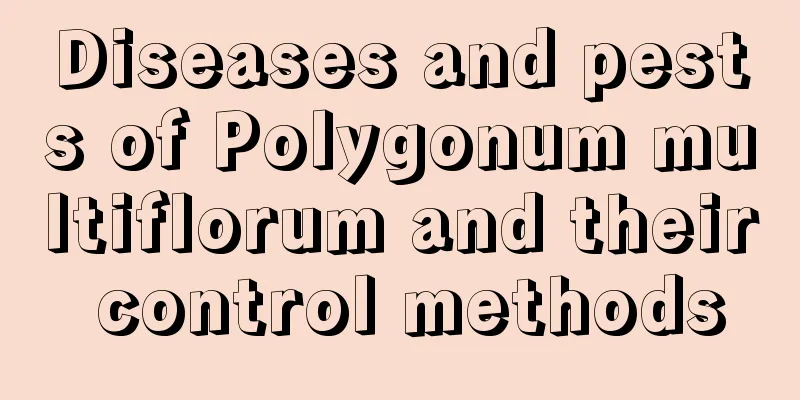Cultivation methods and precautions of bird's nest fern

How to grow bird's nest fernPlanting of Bird's Nest FernAfter growing for two to three years, the nest fern has grown in size and its roots have filled the pot frame. It can be removed from the pot. Some of the withered spore leaves and residual roots at the base can be removed, and the plant can be taken out and replanted in separate pots. The best potting soil is leaf mold or peat soil. When repotting in spring, it is best to add moss and leaf mold to the pot, along with some gravel. Light and temperatureIn summer, provide appropriate shade to avoid direct sunlight. Place it in a bright place indoors and do not keep it in a dark place for a long time. The suitable temperature for the growth of bird's nest fern is 22~27℃. When the temperature is lower in winter, it should be moved into the greenhouse and the temperature should be kept above 16℃. The minimum temperature cannot be lower than 5℃. Watering and fertilizingThe summer is hot and humid, and the growth of new leaves requires higher amounts of water. Water more often and spray the leaves thoroughly to facilitate spore germination. Things to note when growing bird's nest fernone, Choose peat soil or leaf mold as potting soil, and keep the temperature between 22 and 27 degrees Celsius. two, The temperature is high in summer, and the growth of new leaves of the bird's nest fern requires spraying more water to maintain appropriate air humidity and promote the germination of spores. three, Keep in proper sunlight and avoid direct sunlight. Four, When the temperature is low in winter, keep the soil in the pot moist. The above is an introduction to the cultivation methods and precautions of bird's nest ferns. I believe that all flower lovers already know how to care for bird's nest ferns. |
<<: What kind of flower pot is good for growing Clivia
>>: What are the varieties of chrysanthemum
Recommend
How to deal with gardenia after it blooms
1. Timely pruning After the gardenia blooms, ther...
These "4 kinds" of flowers at home can be grown in mid-air, saving a lot of space!
1. Begonia For many novices, they generally do no...
How to raise purple cashmere
1. Maintenance methods 1. Temperature Like many f...
Jasmine Camellia...Pull the roots and branches into the soil, and 1 pot will instantly become 10 pots, and the amount of flowers will be amazing!
How to propagate jasmine by layering? Jasmine is ...
Cultivation methods and precautions of Tiger Pilan
1. Soil The most important thing about the soil f...
How to grow Clivia to make it bloom as soon as possible (tips to promote Clivia to bloom early)
Clivia is a flowering plant that many flower love...
Common Pests of Impatiens and Their Control Methods
Common pests of Impatiens: root-knot nematodes Pe...
8 ways to graft Christmas cactus
Christmas cactus is a flower that is deeply loved...
The difference between Jianlan and Huilan
1. Different pseudobulbs The pseudobulb under the...
Is the frangipani tree suitable for home cultivation?
1. Is it suitable for domestic breeding? Under no...
How to grow Jingye in autumn
Autumn maintenance methods Light and temperature ...
How to water Dutch chrysanthemums
1. Its demand for water This plant prefers a mois...
When and how to plant blueberries
Blueberry Planting Time Blueberries are usually p...
Diseases and Pests of Grape Hyacinth and Their Control
Grape Hyacinth Smut Hazard characteristics Ustila...
How to prune mulberry leaf peony and when is the best time to prune it
Pruning time of mulberry leaf peony Mulberry leaf...









